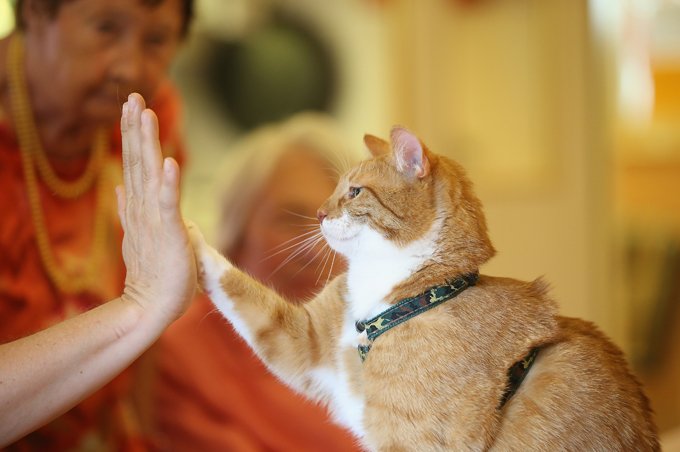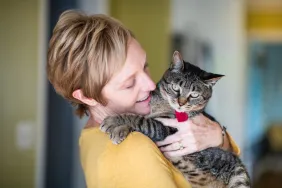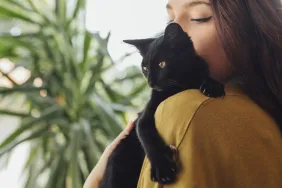Surveys conducted by Petfinder.com revealed some interesting statistics about the adoption rates of those animals considered “less adoptable.” A whopping 95 percent of rescues surveyed currently have pets they would define as “hard to adopt.” Thirty-three percent of shelters say they have had pets posted on the site 1 to 2 years, and 27 percent admit there have been pets waiting…

An orange tabby named Calcifer stars in a cozy Instagram Reel from the account @calcifer.cat. His human croons a soft,…








